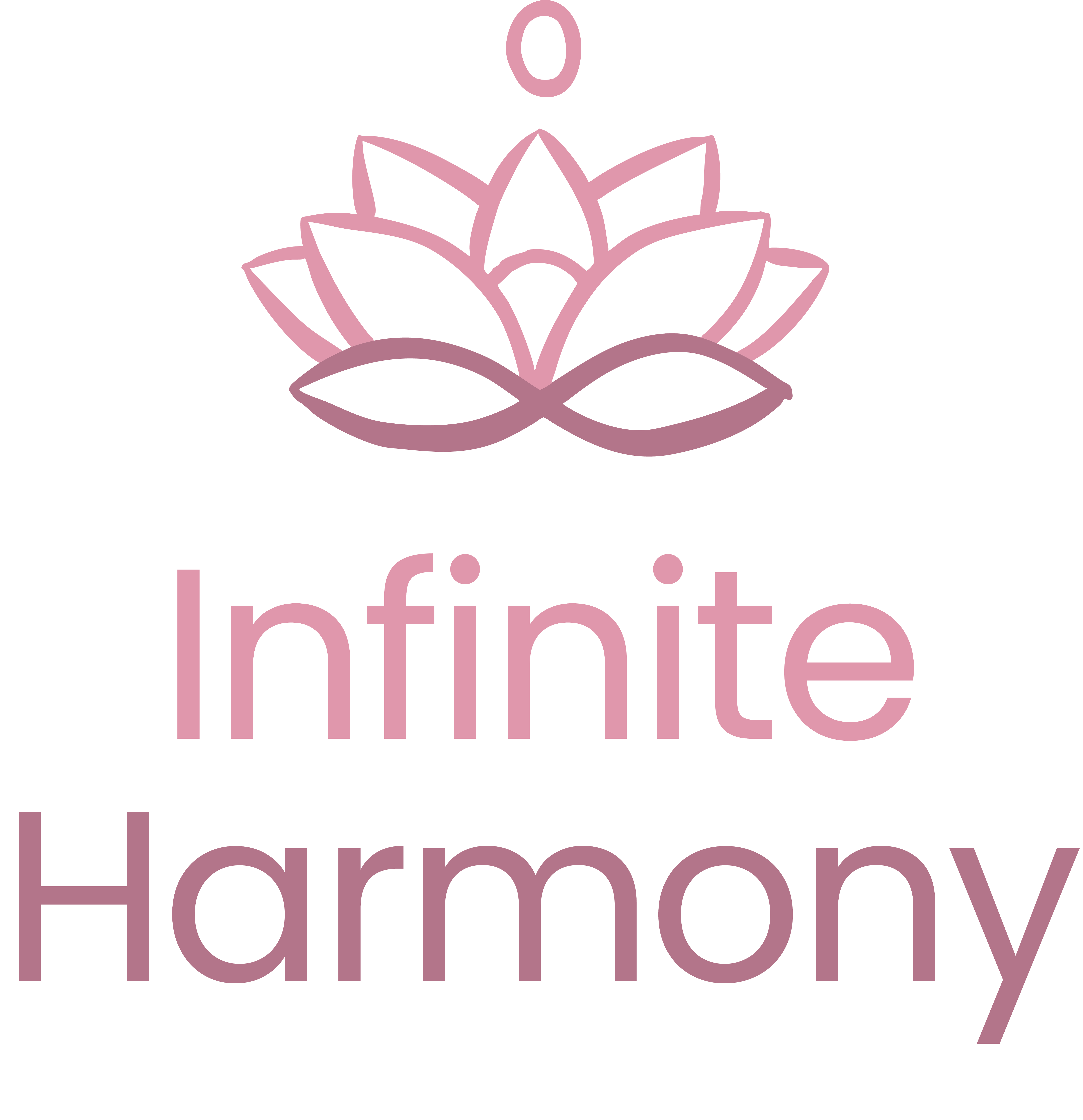Yoga vs. Other Methods: What’s Best for Stimulating Your Vagus Nerve?
The vagus nerve is your body’s built-in relaxation superhighway and it plays a crucial role in managing stress, digestion, and overall health. But how do you keep it active and healthy? While yoga is a well-known ally, other methods like cold exposure, breathwork, and even laughter also claim to boost vagal tone. Let’s compare these approaches to help you find what works best for your lifestyle.
The Vagus Nerve: A Quick Refresher
The vagus nerve is the longest cranial nerve, connecting your brain to your heart, lungs, gut, and other organs. It’s the star player in your parasympathetic nervous system, responsible for calming your body, reducing inflammation, and promoting recovery. High “vagal tone” (a measure of its activity) is linked to better mood, digestion, and resilience to stress.
How Yoga Stacks Up Against Other Methods
Here’s a breakdown of popular vagus nerve stimulators and how yoga compares:
1. Yoga: The Holistic Powerhouse
How it works: Combines diaphragmatic breathing, mindful movement, and relaxation to directly stimulate the vagus nerve.
- Benefits:
- Increases heart rate variability (HRV), a key marker of vagal health.
- Reduces stress hormones like cortisol while boosting mood.
- Enhances gut-brain communication through poses like gentle twists and forward folds.
Unique perk: Integrates breath, body, and mind. This is ideal for those seeking a multifaceted approach.
2. Breathwork: The Quick Fix
How it works: Slow, deep breathing (especially with extended exhales) triggers the vagus nerve’s relaxation response.
- Benefits:
- Lowers heart rate and anxiety within minutes.
- Can be done anywhere, in your car at those pesky traffic lights, in the office and no mat is required.
Vs. yoga: Lacks the physical movement component but pairs perfectly with yoga’s pranayama practices.
3. Cold Exposure: The Shock Factor
How it works: Dunking your face in cold water or taking cold showers activates the “diving reflex,” slowing your heart rate via the vagus nerve.
- Benefits:
- Boosts alertness and may reduce inflammation.
Vs. yoga: Less accessible for some (brrr!), but yoga’s calming effect offers a gentler counterbalance.
4. Exercise: The Heart-Pumping Route
How it works: Moderate aerobic exercise (e.g., running, cycling) improves vagal tone over time by training the heart to adapt to stress.
- Benefits:
- Enhances mood and cardiovascular health.
Vs. yoga: More intense, but yoga’s gentle flows are better suited for stress recovery.
5. Laughter and Singing: The Joyful Stimulators
How it works: Laughter engages the diaphragm, while singing or humming vibrates vocal cords, both linked to the vagus nerve.
- Benefits:
- Instant mood lift and social connection.
Vs. yoga: Less structured, but yoga’s chanting (like “Om”) offers similar vocal benefits.
6. Massage: The Passive Approach
How it works: Gentle pressure on the neck, feet, or ears stimulates vagus nerve pathways.
- Benefits:
- Reduces stress and lowers blood pressure.
Vs. yoga: Requires no effort, but yoga’s self-massage (e.g., gentle neck rolls) offers similar perks.

Why Yoga Stands Out
While all these methods have merit, yoga’s strength lies in its versatility:
- Breath + movement: Unlike isolated breathwork or exercise, yoga merges both for compounded benefits.
- Mindfulness: Reduces mental chatter, further calming the nervous system.
- Adaptability: Gentle restorative yoga suits those with injuries, while vigorous flows challenge the body.
For those short on time, even 5 minutes of yoga-based breathwork (like Ujjayi breathing) can kickstart vagal activation.
Which Method Should You Choose?
- For stress relief: Yoga or breathwork.
- For a quick reset: Cold exposure or laughter.
- For long-term health: Combine yoga with regular exercise.
The vagus nerve thrives on variety, its best to apply a mix and match approach to keep your nervous system engaged. But if you’re looking for a single practice that covers all bases, yoga’s blend of movement, breath, and mindfulness makes it a standout choice.
Try this today: Spend 3 minutes humming (to stimulate your vocal cords) followed by 5 minutes of cat-cow stretches. Notice how your body and mind feel afterward!





